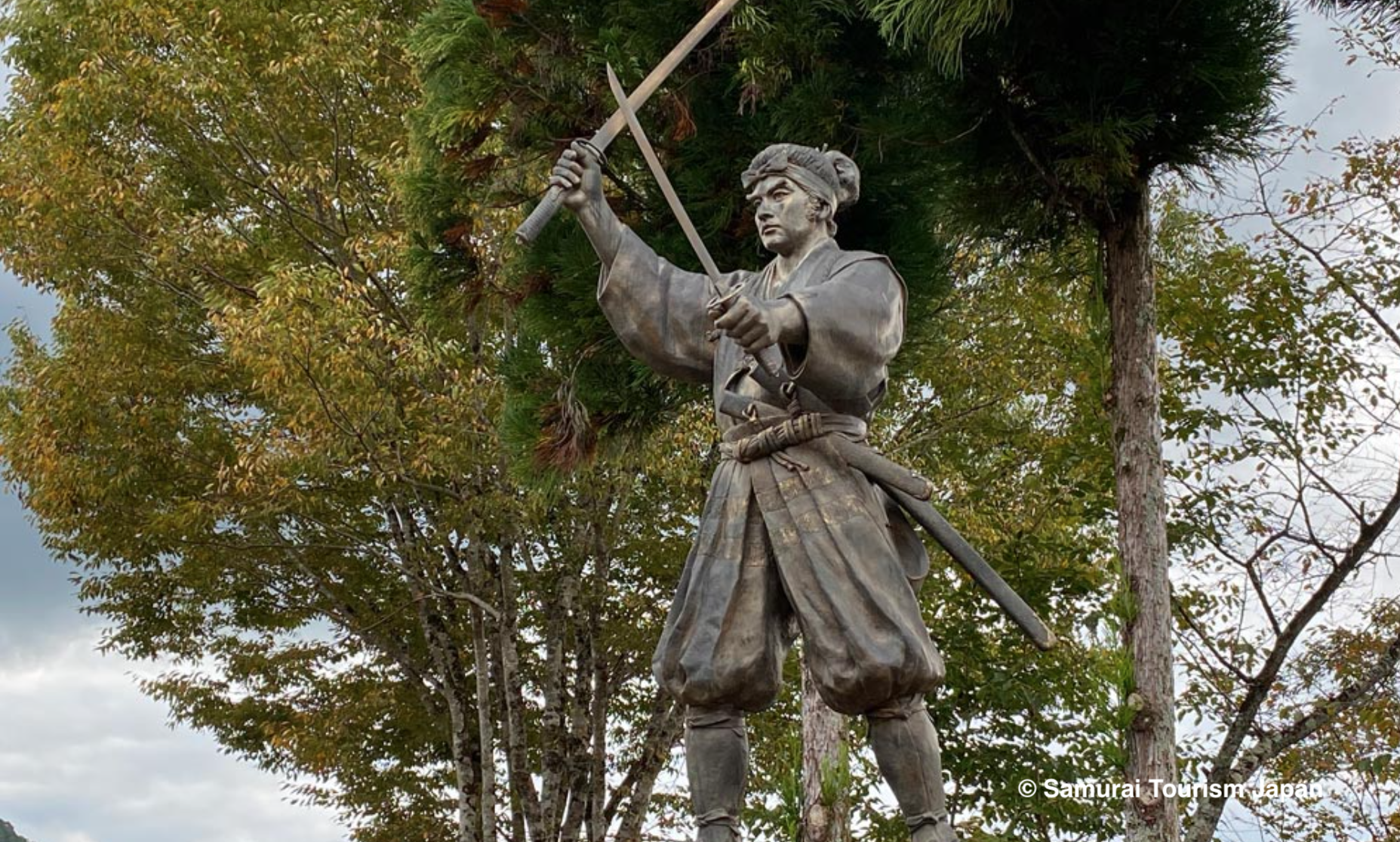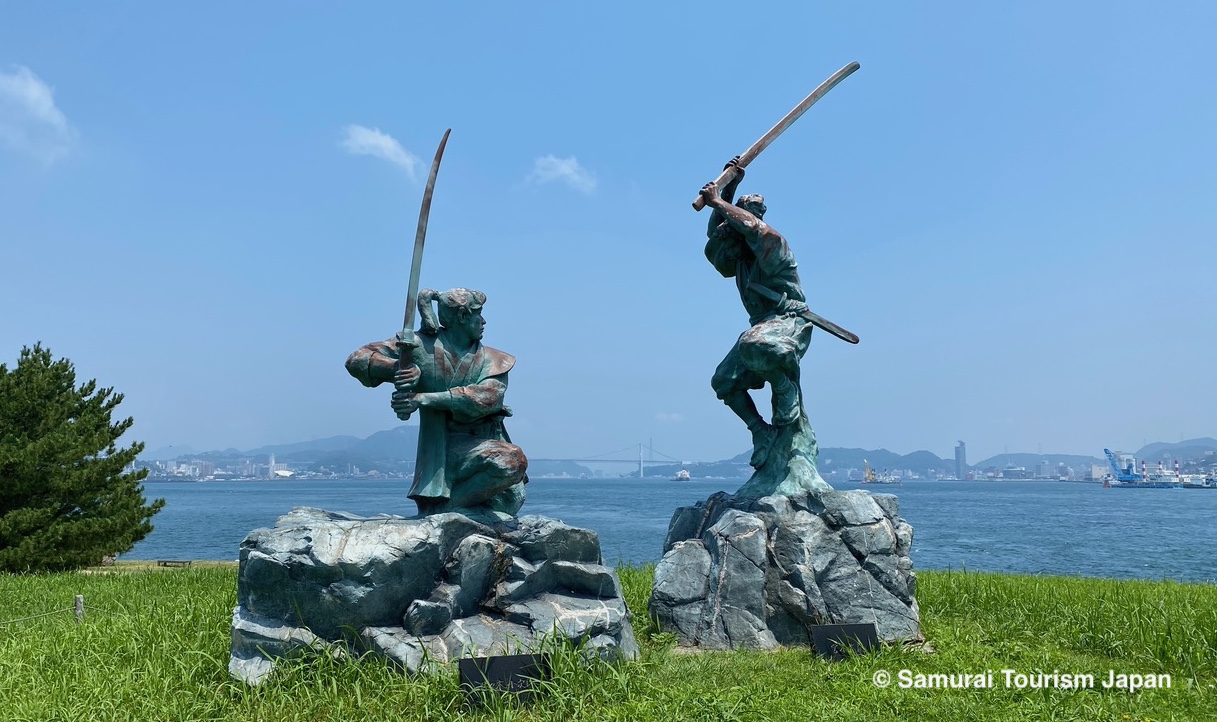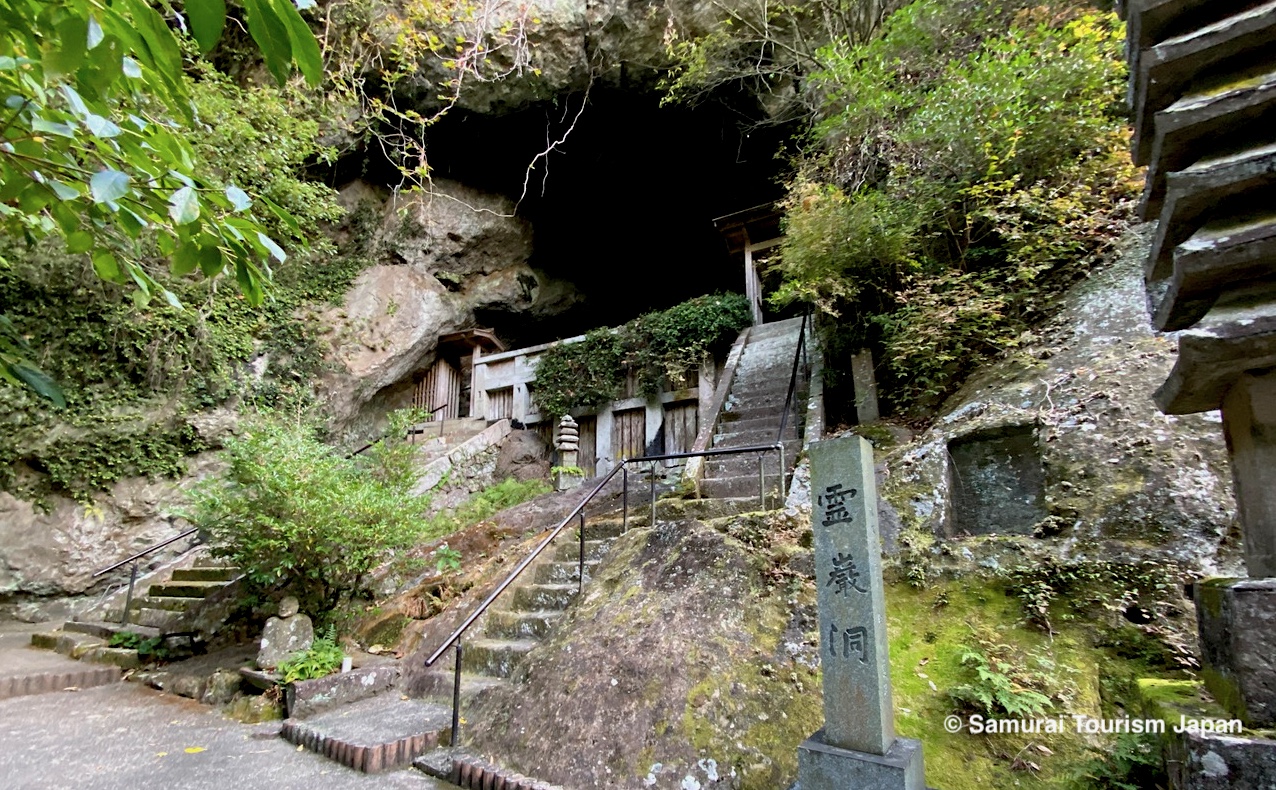Stories
Miyamoto Musashi : The most famous and revered Samurai

The most famous and revered Samurai
Miyamoto Musashi is among the most famous and revered samurai in Japanese history. Born in Harima Province in 1584 at the height of the Sengoku, or Warring States period, Musashi’s life was a relentless pursuit of mastery in the art of combat.
Musashi’s father, Shinmen Munisai, was an accomplished martial artist, master of the sword and jutte, a small truncheon like weapon used to catch blades and disarm a swordsman. Musashi’s mother died when he was young, and his relationship with his father was strained. At the age of seven, Musashi was sent to live with his uncle, Dorin, a Buddhist monk, who educated him in both martial and scholarly pursuits.
Musashi’s approach to combat was innovative and unconventional. He founded the Enmei, later Nitou and Niten Ichi-Ryu (Two Heavens as One) school, which emphasized the simultaneous use of the samurai’s two swords, the katana and the shorter wakizashi, believing that mastering the use of both swords provided a strategic advantage, reflecting Musashi’s broader philosophy that adaptability and fluidity were key to victory.
Discover Miyamoto Musashi’s birthplace, see Dorin’s temple where Musashi was educated, and the little-known house where Musashi lived as a child with his mother.
At the age of thirteen, Musashi fought his first duel against Arima Kihei, a samurai of the Shinto-Ryu style, and won. This victory set him on a warriors’ quest of challenge and self-improvement. Throughout his life, Musashi engaged in more than sixty duels, never suffering defeat. His three bouts with the Yoshioka School, sword masters to the Shogun became legendary as he challenged the best martial artists in Japan, honing his skills, and developing his unique style of fighting.
See the site of Musashi’s first duel, and the ruins of his relative’s castle. We’ll show you the sights of Musashi’s duels with the Yoshioka in Kyoto including the Spreading Pine at Ichijo-ji Temple, and other places associated with Musashi, some of them exclusive to Samurai History Culture Tours!
The Duel at Ganryu Island
One of Musashi’s most famous duels took place in 1612 against Sasaki Kojiro, a renowned swordsman famed for his “Tsubame Gaeshi” or “Swallow Cut” technique. The duel was fought on the island of Ganryujima. Musashi arrived late, a tactic he often used to unnerve his opponents, and using a wooden sword carved from an oar, Musashi defeated Kojiro with a swift and decisive blow, solidifying his reputation as an unbeatable swordsman.
We’ll not only take you to the site of the boatman’s home from which Musashi departed for Ganryujima, and to the island itself, but also to little-known related sites, including the castle where Musashi sought refuge after the bout.

The Book of Five Rings
In 1645, Musashi retreated to a cave called Reigando, where he wrote his seminal work, “Go Rin No Sho” or “The Book of Five Rings.” This text is revered not only in martial arts circles but also in fields such as business and strategy, and is divided into five books; Earth, Water, Fire, Wind, and Void. Each book delves into different aspects of strategy and martial arts, blending practical advice with Musashi’s philosophy on strategy, combat, and the way of the warrior.
Our tour takes you to Kumamoto where Musashi served the Hosokawa clan. See the site of Musashi’s home there, also the Reigando Cave where Musashi spent his final days writing the Go Rin no Sho, and Musashi’s actual grave.

Philosophy and Legacy
Musashi’s life and teachings extend beyond martial prowess; they encompass a profound philosophy of life. He advocated a deeper approach to mastery, urging practitioners to study various arts and crafts to develop a well-rounded mind and soul. Musashi himself was an accomplished artist, calligrapher, and sculptor, demonstrating his belief in the connections of various disciplines.
Get closer to Miyamoto Musashi through his art, his calligraphy and effects!
His relentless pursuit of perfection, adaptability, and strategic acumen have cemented his status as a cultural icon. Musashi’s life story has been romanticized in literature, film, and popular culture, symbolizing the quintessential samurai ethos of discipline, honor, and relentless self-improvement.
Miyamoto Musashi’s life story is a testament to the heights of human potential, characterized by a tireless quest for perfection. Musashi continues to inspire those who seek to understand the deeper principles of combat and strategy. For those intrigued by the samurai, Musashi is a beacon of the martial spirit, blending physical skill with philosophical depth, and leaving an enduring legacy that transcends time and culture. Walk in the footsteps of Miyamoto Musashi, guided by 30 plus year resident of Japan, recognized samurai history and culture researcher, author and broadcaster Chris Glenn. Contact Samurai Tours for details and bookings now.


